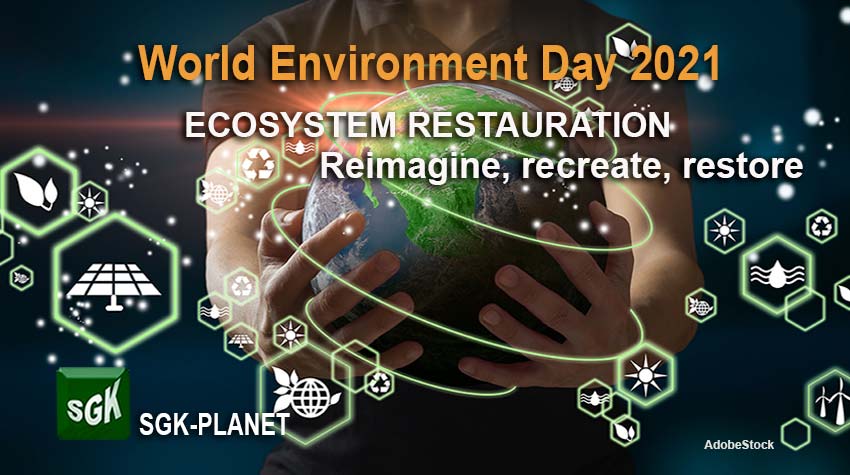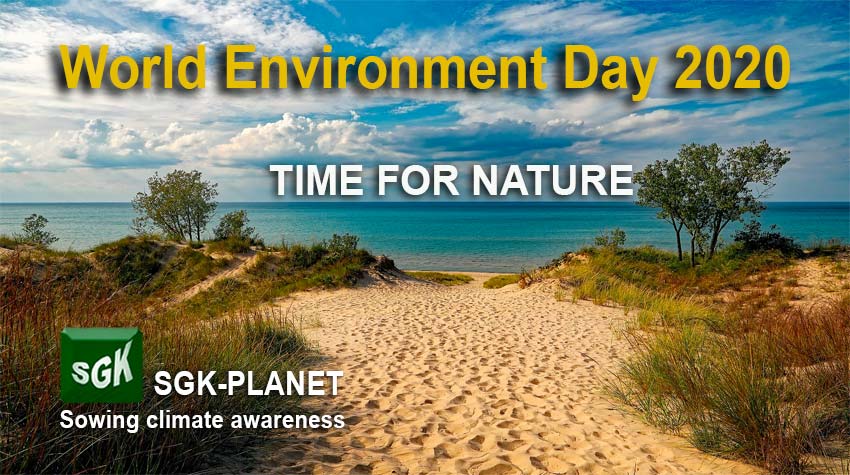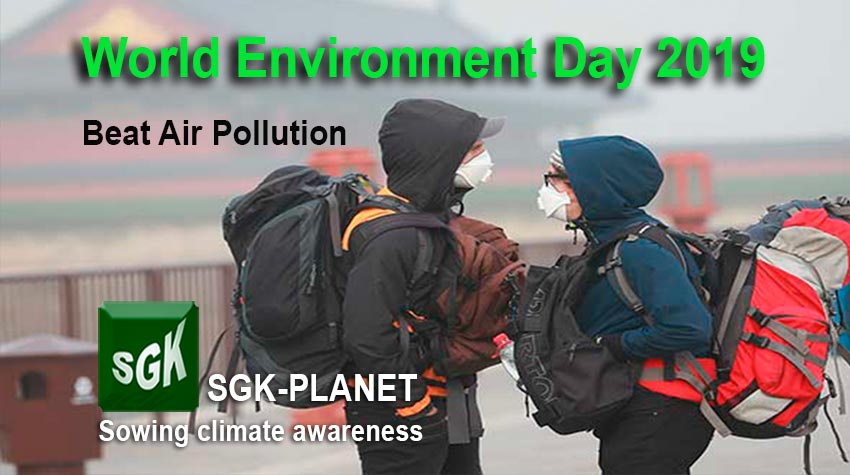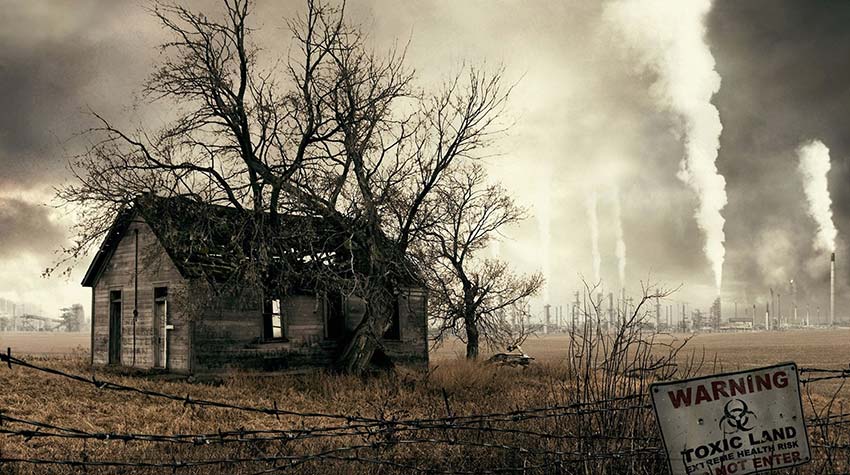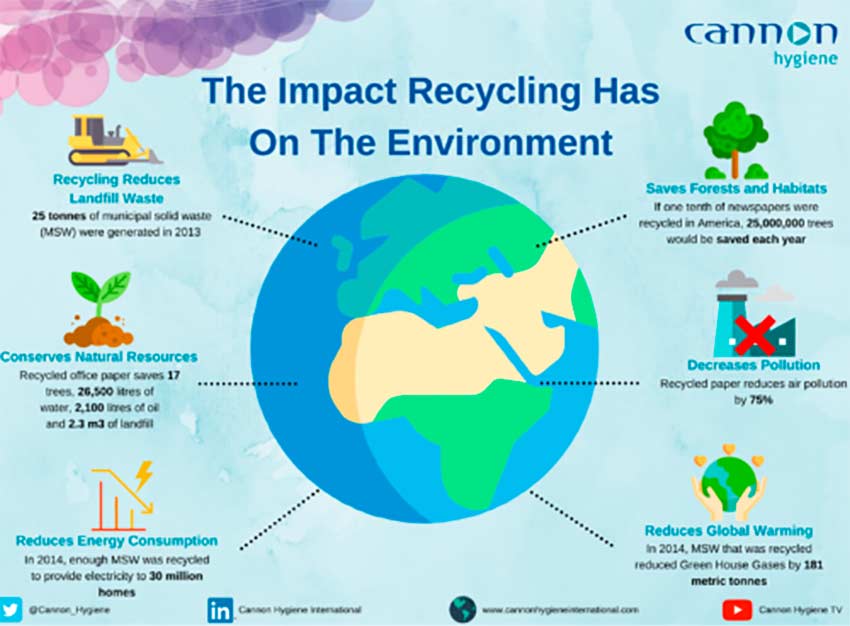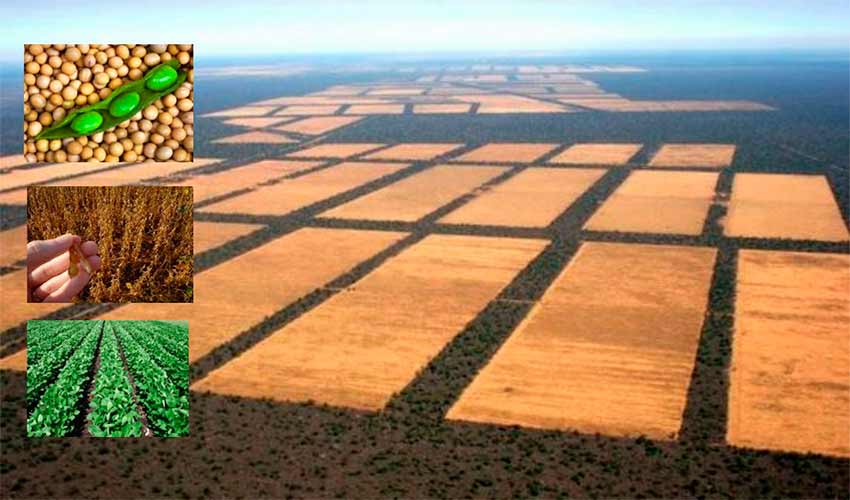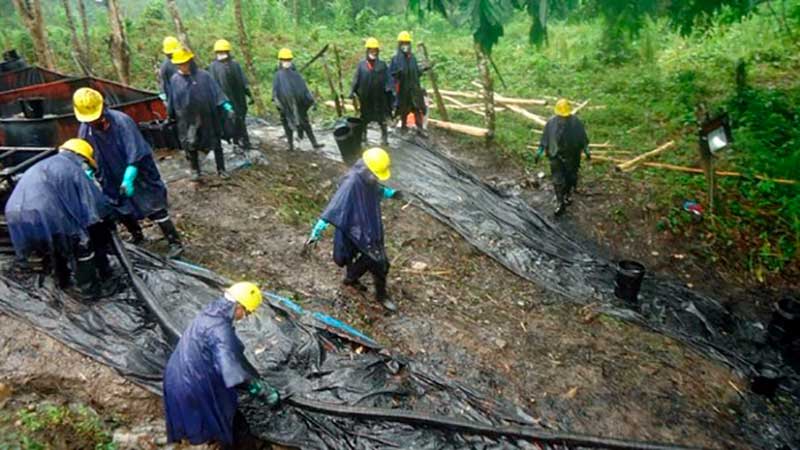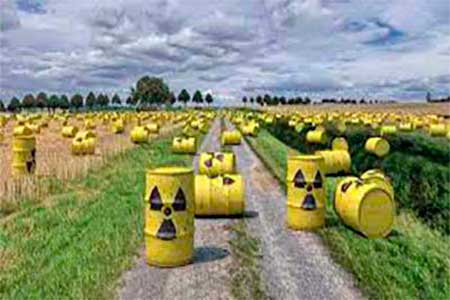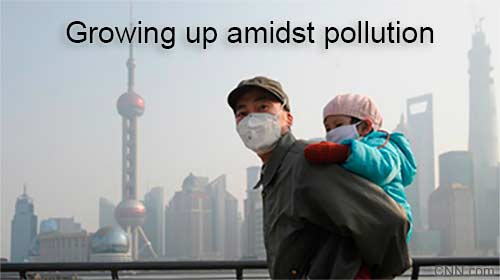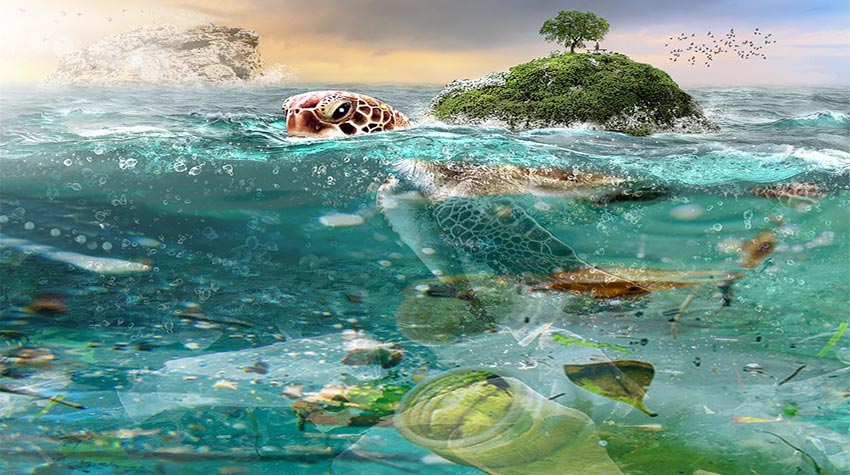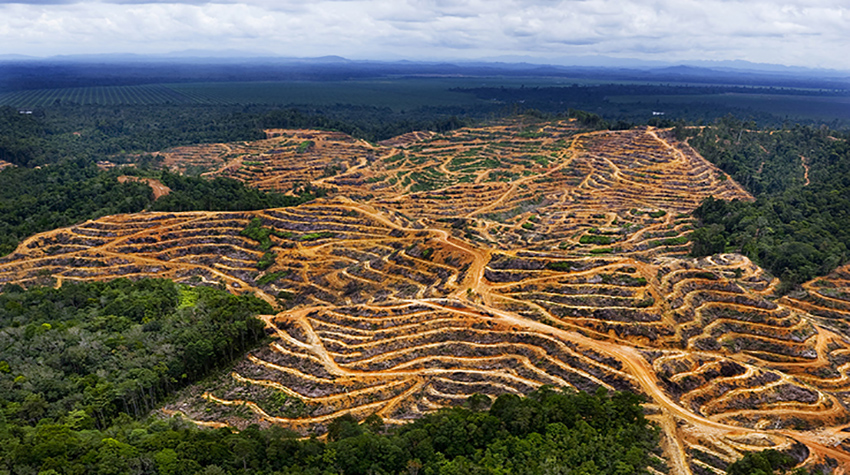FAQs about Environment

9. What is being done to stop the deterioration of the environment?
Some important measures have been in place for a long time and others that have been implemented in recent times. Let us see:
The Green Hydrogen Catapult
This is exceptionally good news. In December 2020, seven global power generation companies announced the formation of a global coalition that will accelerate the scale and production of green hydrogen. With this action they intend to multiply production 50 times in six years, helping to transform the most carbon-intensive industries in the world, including electricity generation, chemical products, steel manufacturing and air and maritime transport. The initiative aims to reduce costs to less than $ 2 / kg per ton, which would be an important step to leave the era of oil behind.
See: SGK-PLANET FAQ about Green Hydrogen
Aircraft that will fly with zero emissions
Airbus has revealed three concepts for the world’s first zero-emission commercial aircraft which could enter service by 2035. These concepts each represent a different approach to achieving zero-emission flight, exploring various technology pathways and aerodynamic configurations in order to support the company’s ambition of leading the way in the decarbonization of the entire aviation industry.
See: Airbus reveals new zero emission concept aircraft (External Link)
The Race to Zero program
On June 5, 2020, World Environment Day, the UN made the “Race to Zero” or Race to Zero official. It is a global campaign to mobilize the leadership and support of banks, companies, cities, regions, and investors. Its objective is focused on encouraging these actors to form a coalition of leaders with their feet in the “real economy”, in order to reach zero net emissions by 2050 or earlier, if possible. This initiative “will be essential to deal with the complexities of global transformation and promote the high ambition of all stakeholders in the course of a better recovery,” in the words of the UN.
See: SGK-PLANET FAQ about Race to Zero
Electromobility
By using clean energy, the electric car is the most effective tool to meet the main objective of the Paris Agreement, which is to limit the increase in global warming to 2ºC, from its pre-industrial level. As more electric cars are incorporated into the planet’s traffic, global warming will gradually mitigate, as will climate change, since GHG emissions are largely due to automobile traffic. In addition, the electric car does not produce environmental or sonic pollution, which will eliminate smoke or smog in large cities and noise in populated places near highways. An additional advantage is that they are cheaper to maintain than internal combustion motor vehicles.
See: SGK-PLANET Magazine all about Electric Cars
Solar energy
Projections indicate that solar energy should become one of the main substitutes for fossil fuels, for a number of reasons, including the continued cheapness of solar panels. Fatih Birol, Executive Director of the International Energy Agency (IEA), stated during COP21, Paris, 2015: “The transition of the energy sector in the coming decades will be critical to achieving climate goals and sustainable development. Joint action by governments and the private sector has helped keep global energy-related emissions unchanged over the past three years. Our analysis shows that we can meet climate goals while gaining access to energy and improving the environment.
See: SGK-PLANET FAQ about Solar Energy
Wind Power
Wind power is the energy obtained from the wind, which has been used by humans since ancient times to move sailboats or operate windmills to grind wheat. In both cases the kinetic energy of the wind has been transformed into mechanical energy. In the case of electricity production, mechanical energy is transformed into electrical energy through the wind process.
See: SGK-PLANET Magazine all about Wind Power
Launch of the “UN Decade on Ecosystem Restoration” program.
The United Nations Decade on Ecosystem Restoration will be launched in the framework of World Environment Day 2021, although its implementation has already begun. Its objective is to prevent, stop and reverse the degradation of ecosystems on all continents and oceans. (See Question #10)
FAQs about Environment
1. What is the environment and what is its importance?
2. What are the components of the environment?
3. What is ecology and what is its relationship to the environment?
4. What is an ecosystem and what are its components?
5. What are biomes, and which are the most important?
6. How does climate change affect the environment?
7. How does intensive agriculture and livestock affect the environment?
8. What are the causes and consequences of environmental pollution?
9. What are we doing to curb the deterioration of the environment?
Other sections of Environment
Articles
June 5 was established as World Environment Day by the United Nations General Assembly in 1972. On that date, the Stockholm Conference “First Earth Summit” was held at the initiative of Sweden and in conjunction with the UN.
This year’s World Environment Day will be hosted by Pakistan. The theme of the year is “Restoration of ecosystems”, and the motto is “Reimagine, recreate, restore.” It will be in this environment that the United Nations Decade on Ecosystem Restoration 2021-2030 is launched.
World Environment Day is celebrated on June 5 of each year. In 2020 the venue of the event will be Colombia. Topics to be discussed will be the Amazon, air quality, health, circular economy, and climate change. The central theme is “Conservation of biodiversity” and the motto “Time for Nature”. The environment is the space that sustains biodiversity and therefore life on Earth. By its definition, an environment cannot exist on a planet devoid of life since its statement implies the relationship of living beings with their environment.
Beat Air Polution
World Environment Day is celebrated on June 5, dedicated this year to the fight against air pollution with the moto “Beat Air pollution”. Established by the UN in 1972, during the Stockholm Conference, whose central theme was the normalization of human relations with the environment. China will be the global host of the 2019 World Environment Day. The country’s government has committed that day to organizing celebrations in many cities, with a main event in Hangzhou, Zhejiang province. In the north of China there are several cities where the air is practically unbreathable due to pollution.
Environmental pollution, in the classical concept, occurs when certain elements that cause harmful effects accumulate in quantities that nature cannot recycle. A contaminant is a substance that is found in a medium to which it does not belong or that does so at levels that can cause adverse effects. A species is in danger of extinction when its existence is globally compromised. Humans, in a short time, we have turned the Earth into a kind of supermarket where we are supplied with everything we need, including the spaces to build our towns, cities, mining camps, agricultural and livestock lands. We have wrested huge areas that recently belonged to the other species, without much regard to the damage we have caused them.

